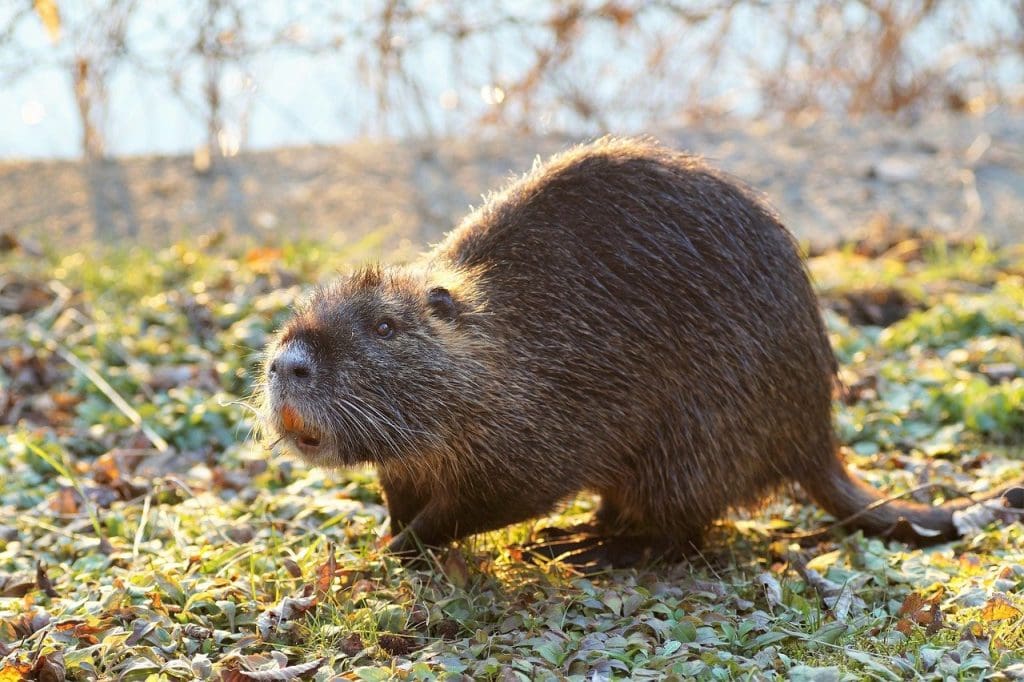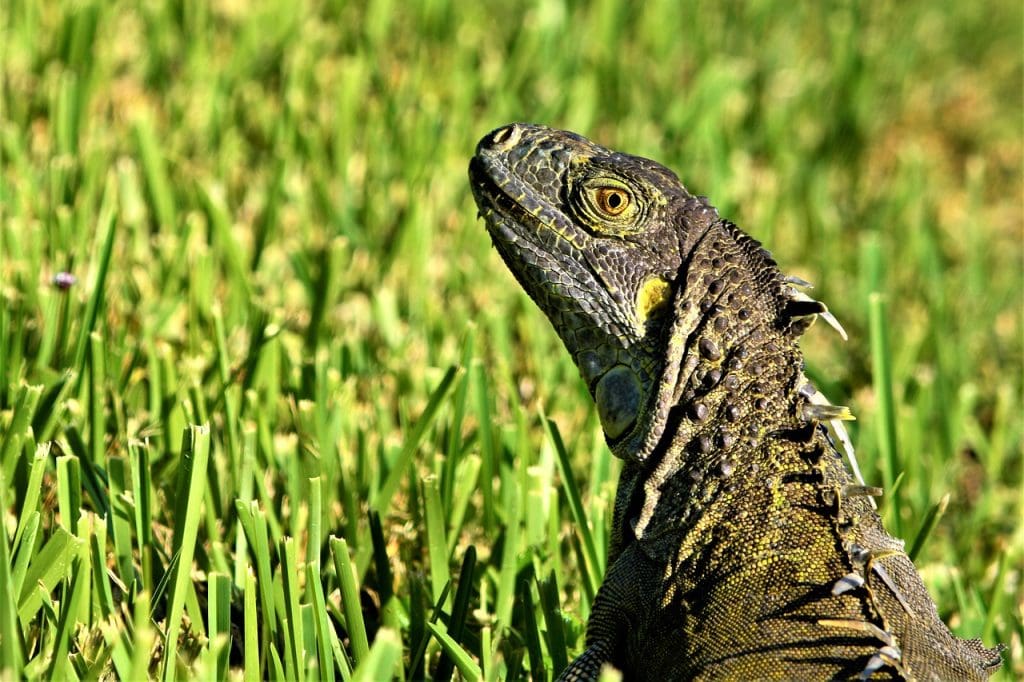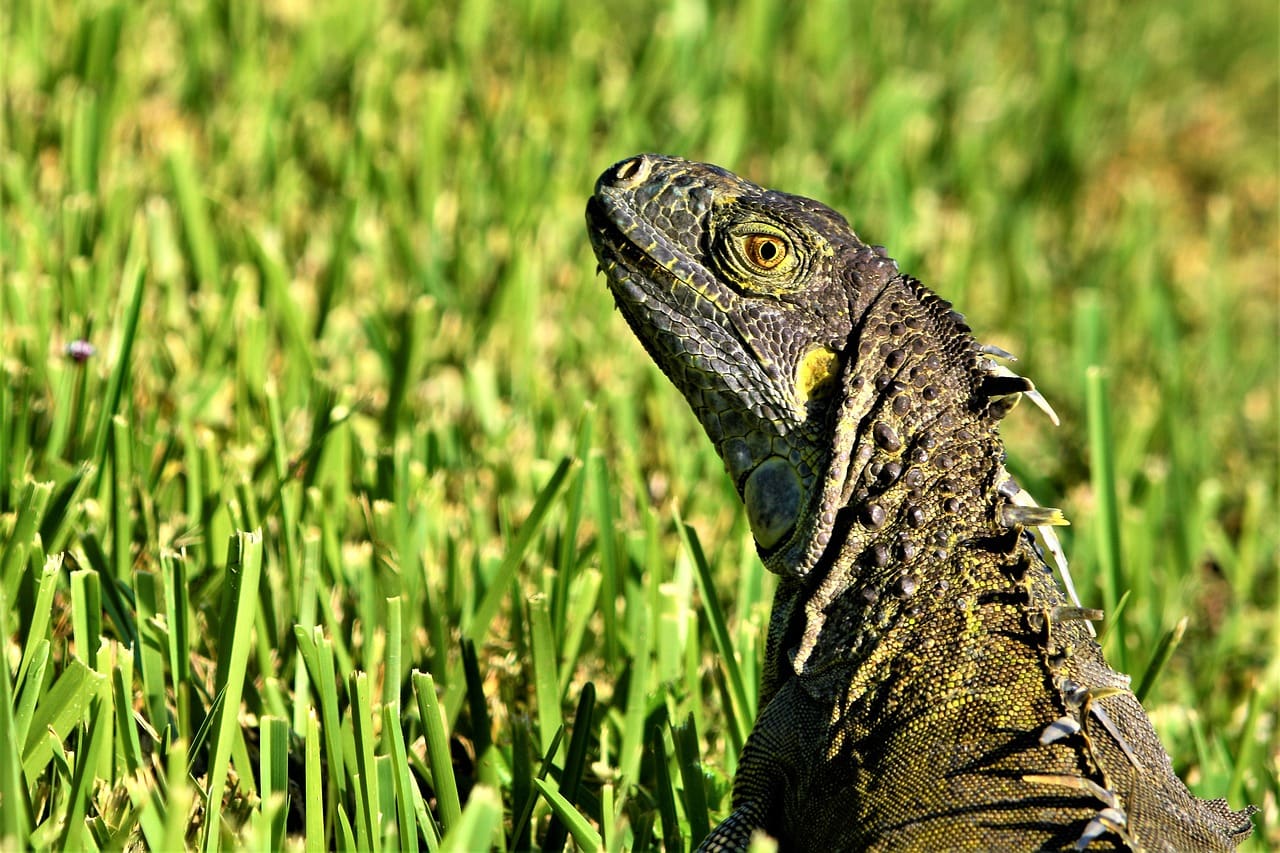In “How To Prevent The Spread of Alligator Weed,” you’ll find practical and effective strategies to tackle one of the most invasive plants threatening both natural ecosystems and agricultural land. You’ll discover easy-to-follow steps that can make a huge difference in managing this persistent weed. From identifying early signs to implementing the best control measures, this guide has got you covered. Say goodbye to the stress of dealing with alligator weed and hello to a healthier, more resilient environment! Have you ever walked along a serene waterway only to find it choked with dense, green mats of an invasive plant? This plant, known as alligator weed, is more than just an eyesore—it’s a serious ecological problem. But how exactly do you prevent its spread?

Understanding Alligator Weed
Alligator weed (Alternanthera philoxeroides) is an invasive aquatic and terrestrial plant that originates from South America. This persistent plant has spread across numerous continents, wreaking havoc on local ecosystems.
Characteristics of Alligator Weed
This plant has key features that make it easy to identify:
- Leaf Shape: It has oval to elliptically-shaped leaves.
- Stem: The stems are hollow and can float.
- Flowers: Small, white, and papery, the flowers grow in clusters.
Its ability to grow in both aquatic and terrestrial environments gives it a significant advantage over native plants. Therefore, recognizing these characteristics is your first step toward preventing its spread.
The Impact of Alligator Weed
Alligator weed can cause severe ecological imbalances. But how bad can it get?
- Displaces Native Vegetation: By forming dense mats, it blocks sunlight, killing off native plants.
- Affects Water Flow: It can clog waterways and irrigation channels, causing flooding and reducing water quality.
- Harbors Pests: This weed provides a breeding ground for mosquitoes and other pests.
Understanding its impact helps solidify the importance of managing its spread. When you comprehend the severity, you’re more likely to take effective action.

Prevention Methods
Preventing the spread of alligator weed is a multi-faceted endeavor requiring various strategies. Let’s dive into some effective methods.
Biological Control
One of the most natural and long-term methods to control alligator weed involves biological control.
Alligator Weed Flea Beetle
This beetle (Agasicles hygrophila) feeds exclusively on alligator weed and can significantly reduce its spread. However, introducing it requires careful consideration and expert guidance to ensure it only targets the invasive species.
Alligator Weed Thrips
Another effective biological control agent is the alligator weed thrip (Amynothrips andersoni). These insects also feed on the plant, helping to manage its growth.
| Biological Control Agent | Target Stage | Notes |
|---|---|---|
| Alligator Weed Flea Beetle | Leaves and Stems | Effective but needs monitoring |
| Alligator Weed Thrips | Leaves | Best used in conjunction with others |
Mechanical Control
While biological control agents can be effective, sometimes you need a more hands-on approach.
Manual Removal
Hand-pulling or cutting can be useful for small infestations. Be sure to remove the entire plant, including roots, to prevent regrowth.
Mechanical Harvesters
For larger infestations, mechanical harvesters can be very effective. These machines can clear large areas quickly but are usually used in conjunction with other control methods to ensure comprehensive management.
Chemical Control
When biological and mechanical methods aren’t enough, chemical control can be employed. Herbicides can be effective but must be used responsibly to minimize environmental impact.
Common Herbicides
The following herbicides are commonly used to control alligator weed:
| Herbicide | Application Method | Notes |
|---|---|---|
| Glyphosate | Foliar Spray | Non-selective and effective |
| 2,4-D amine | Foliar Spray | Selective but requires precise application |
Chemical control should always be applied by trained professionals to ensure both effectiveness and safety.
Integrated Pest Management (IPM)
IPM combines biological, mechanical, and chemical controls in a well-coordinated effort. This multi-pronged approach often yields the best results.
Steps for IPM
- Assessment: Evaluate the extent of the infestation.
- Planning: Develop a control plan that includes multiple methods.
- Monitoring: Regularly check the effectiveness of the implemented methods.
- Adaptation: Make necessary adjustments to the control methods based on feedback and new infestations.

Best Practices for Prevention
Even if you manage to control an existing infestation, preventing future outbreaks is crucial. Here are some best practices to follow.
Public Awareness and Education
Raising awareness about alligator weed can go a long way in preventing its spread.
- Workshops and Seminars: Hosting educational events to teach the community about the dangers of alligator weed and how to prevent its spread.
- Printed Materials: Distributing pamphlets, flyers, and signs in affected areas.
Responsible Fishing and Boating
Boats and fishing gear can easily transport alligator weed.
- Inspect and Clean: Always inspect and clean boats and gear before leaving a water body.
- Dispose Properly: Never discard plant material back into the water. Dispose of it in a way that ensures it won’t regrow.
Monitoring and Early Detection
Regular monitoring of vulnerable areas can catch an infestation early, making it easier to manage.
| Monitoring Task | Frequency | Notes |
|---|---|---|
| Visual Inspections | Monthly | Look for signs of new growth |
| Water Quality Testing | Biannually | Helps detect early signs of imbalance |
| Community Reporting | Ongoing | Encourage public to report sightings |
Habitat Restoration
Restoring native vegetation can help prevent alligator weed from taking hold in the first place.
- Plant Native Species: Introduce native plants that can outcompete alligator weed.
- Improve Water Flow: Improve drainage and water flow to make conditions less favorable for alligator weed.

Government and Community Involvement
Preventing the spread of alligator weed is not a solo endeavor; it requires concerted community and governmental action.
Role of Government
- Legislation: Enact laws to restrict the transport and sale of alligator weed.
- Funding: Allocate resources to support monitoring and control programs.
- Coordination: Facilitate collaboration between local, state, and federal agencies.
Community Action
- Volunteer Programs: Encourage local residents to participate in monitoring and control efforts.
- Community Cleanups: Organize events to manually remove alligator weed from local waterways.

Conclusion
Preventing the spread of alligator weed is a multi-layered task that requires understanding the plant, employing varied control methods, and engaging both governmental and community efforts. By adopting these best practices, you can play a crucial role in preserving local ecosystems and water quality. Remember, every effort counts. With consistent vigilance and community cooperation, we can manage and mitigate the impact of alligator weed. So, are you ready to take action and help protect your local environment from this invasive threat?
Thank you for taking the time to learn about how to prevent the spread of alligator weed. Your efforts can make a significant difference!
